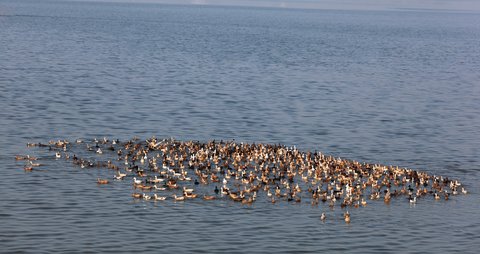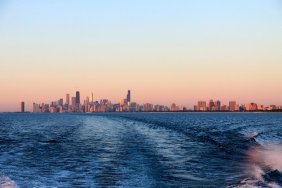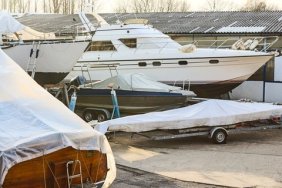One of the few occasions I’ve duck hunted was with my cousin in Southern Oregon. We were around Eugene at the time when he took me out to a nearby lake.
We inflated a 6-foot raft for the two of us along with armaments, ammunition, life jackets and enough food and water to make us through a foggy and cold morning.
We spotted what looked like thousands of ducks sitting on the water but they were too far away so we paddled toward them. And as we approached, a big group of them flew away so we paddled some more.
Each time we could get a little closer as quietly as we could another section of birds would get up and fly away. Before long we were far from the shore and the ducks were all but disappeared. That would not have been the place to capsize the raft.
The leading cause of death among hunters is not by firearms, but by drowning. The Arizona Game and Fish Department recently put out a 7-point boater safety check list to go over before heading out waterfowl hunting.
“Hunters already know that firearm safety is paramount every time they go out, but many don’t often go the extra distance to wear a life jacket while hunting on the water,” said Josh Hoffman, Arizona Game and Fish Boating Safety Education program coordinator. “Strapping on a life jacket can often mean the difference between life and death, especially when hunting in cold water.”
Here are the pointers:
- Leave a float plan with family and friends, detailing where you’re going and when you plan to return.
- Don’t overload the vessel. Make sure it can safely transport you, your gear and maybe your dog, if it’s coming along.
- Distribute weight evenly inside your vessel.
- Use care while loading and while moving around. Most boats used during hunting are flat-bottomed and tend to tip over quite easily.
- Always wear a life jacket. Consider placing one on your dog as well, as cold water can cause their muscles to cramp while in the water.
- Transport firearms safely with the action opened, unloaded and cased whenever possible.
- Cold-water immersion can be deadly so dress appropriately and if you fall overboard, climb back into or on top of the boat. If you cannot, stay near the vessel, use decoys, oars or anything floating nearby to help stay afloat.
Nationwide last year, 37 hunter-involved watercraft accidents resulted in 13 deaths and 22 injuries, according to U.S. Coast Guard figures. Drowning was the leading cause of death in 78 percent of the 610 total recreational boating fatalities in 2014 nationwide. Of these incidents, 84 percent of those who drowned were not wearing life jackets, according to a press release.








